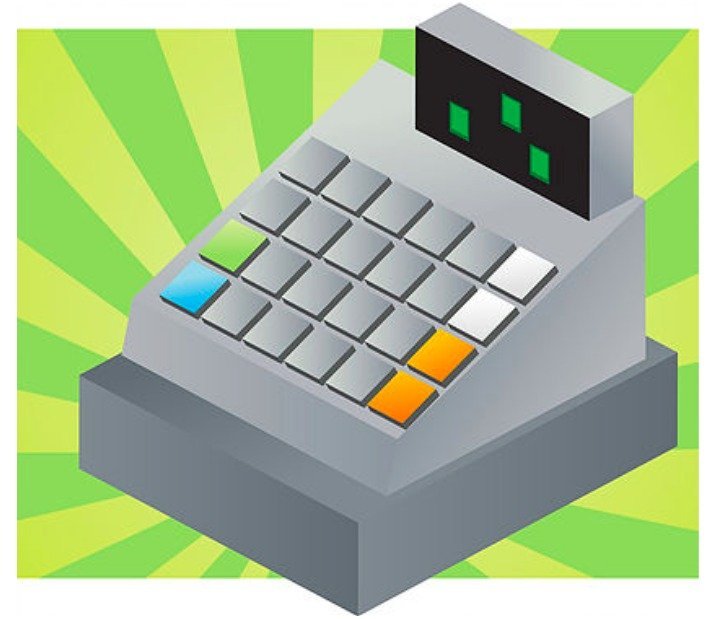Attempting to sell your product or service to a potential buyer can be a daunting prospect for any business owner. Often, you only get one chance to make an impression so you need to make it count. Sadly, many small businesses fail to get off the ground because of either fear or lack of experience at selling. However, it needn’t seem like such a mountain to climb. With a steer in the right direction and a bit of preparation, you can quickly build your confidence and create a pitch with the potential to really boost your product sales.
Here are 10 tips on how to leave a positive impression and give yourself the best chance of successfully selling your product to a prospective buyer:
1. Be yourself
People buy from people they like and trust. Don’t underestimate the power of connecting with your audience on a personal level. Very few people like the ‘hard sell’, so just be natural and honest and try and build a rapport with your audience.
2. Plan your approach
Firstly, make a list of who and where the best retailers are to approach. Make a personal visit where possible or make a phone call to set up an initial meeting. Right from word go, make it tempting for them to spare you some time. Mentioning how you can help grow their business or that you are also speaking to their competitors could help secure that all-important first meeting. But remember that buyers and shop owners will be constantly busy and avoid those extra busy times such as Monday mornings, weekends or the week before Christmas!
3. Know your audience
Do your homework and make sure that your product is a good fit for that retailer and will be attractive to their typical customer. There’s no point trying to sell high-priced luxury goods to a shop which is focused on affordable, value for money items. You need to demonstrate that you get what they’re about and highlight how your product can help set them apart against their competition, attract more customers and ultimately make them more profit.
4. Know your product
It sounds obvious but you need to be prepared to answer any question about your product – where it was made, what materials were used, where they were sourced, whether it has been safety tested etc. If you can, share information on what your best-sellers are and what works well for other customers. It is crucial that you take plenty of good samples and photos. Nothing is more effective at bringing a meeting to life.
5. Know your market
Demonstrate a clear understanding of who your target customer is and what is happening in your particular market. Are there any areas which are growing or any new trends which link to the product you are selling? Does your product plug a gap in the market and offer something different to the competition? If so, highlight these to your audience. Retailers love to have their fingers on the pulse and offer their customers something new and exciting.
6. Know your numbers
You’ve seen it on Dragon’s Den – someone’s delivering a great pitch but once asked about profit margins and sales forecasts, they get flustered and the deal falls through. Be prepared with the basics – your prices (including your bottom line), a recommended retail price and a realistic estimate of how much the retailer might expect to sell per week/year. Also be clear on your terms and conditions and whether you can offer any incentives such as display materials for their shop or free shipping over a certain order value.
7. Build confidence
Give your audience confidence by explaining how well you are geared up to be able to fulfill regular orders (particularly important if you are supplying a large volume retailer). Show examples of your marketing and PR, any clients testimonials you’ve received and names of other retailers you sell into.
8. Prepare printed material
Creating a printed copy of your pitch will help you focus your preparation, give you guidance for your meeting, leave your audience with something to remember you by and avoid them being distracted by taking lots of notes. As a minimum, a good pitch document should include a brief blurb about your business/brand, information about your target customer, a product list with photos, prices, contact details and how to place an order.
9. Think beyond the meeting
How are you going to take things forward if the customer is interested? Suggest a follow-up meeting or phone call. If the customer isn’t interested, you may be able to suggest some changes which make it more appealing. Agree the outcomes and actions of the meeting and follow up with an email to thank them for their time and summarise any next steps.
10. Prepare and rehearse
This will really help build your confidence and there is no shortcut! Have a broad plan in your mind (or written down) of how the meeting will ideally flow within the time you have and practice delivering your pitch in front of your friends or family. Ask for feedback and use it to make improvements.

About the Author
Rebecca Kirk is a Life, Career & Creative Coach dedicated to enabling people to find happiness through their work and make a living doing what they love. Find out more about Rebecca and the one-to-one coaching options available.

